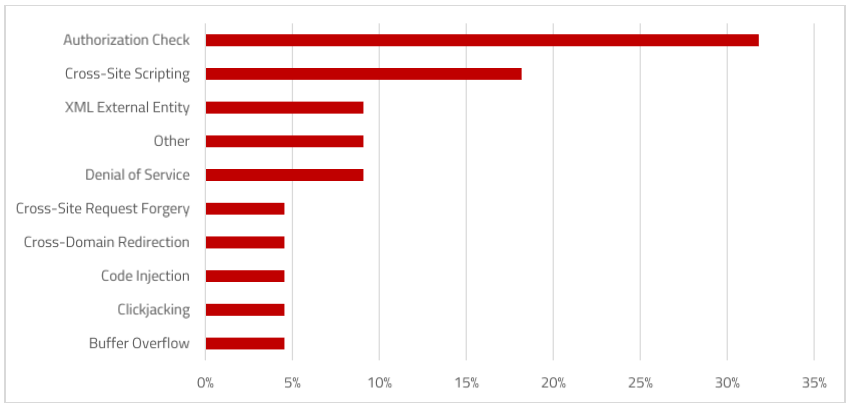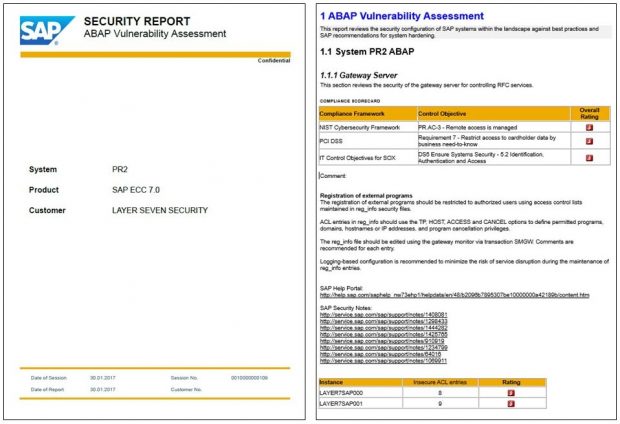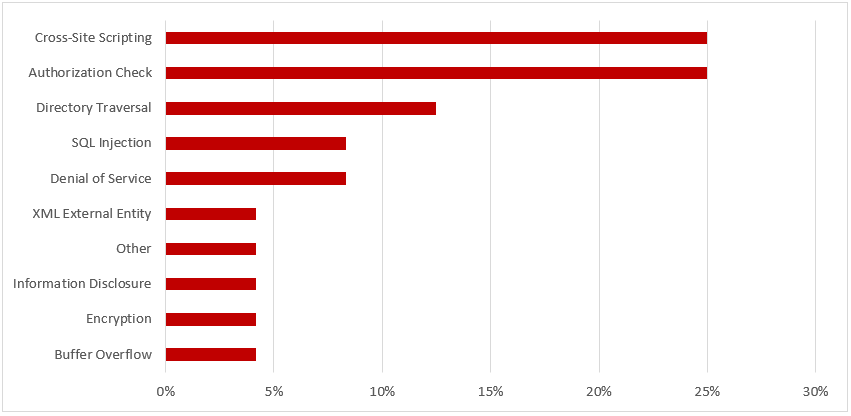SAP Security Notes, February 2017
Note 2410061 patches a dangerous Distributed Denial of Service (DDoS) vulnerability in the Data Orchestration Engine (DOE) Administration Portal. The DOE is used to access the SAP NetWeaver Mobile Administrator to manage and monitor mobile system landscapes. This includes connecting mobile clients, deploying agents and packages to mobile devices, managing single sign-on, and other tasks.
The DDoS vulnerability stems from the system messages area of the DOE. This is used to transmit messages to mobile clients. Attackers can provoke a denial of service in the DOE by flooding the system messages service and exhausting available resources.
Note 2407694 addresses a similar denial of service vulnerability in the SAP Web IDE for SAP HANA. Web IDE is a development tool for building and deploying Fiori and other applications. The sinopia registry in the Web IDE crashes during publication if a package name contains special characters. Exploitation of the vulnerability can be prevented by blocking the registry from registering new users. The Note includes instructions for identifying systems that have been successfully attacked using the vulnerability. It also included details of a workaround to block attempted new user registrations by modifying permissions for the htpasswd file.
Note 2392860 removes the transaction code ZPTTNO_TIME from the standard roles SAP_PS_RM_PRO_ADMIN and SAP_PS_RM_PRO_REVIEWER. The transaction can be used to escalate privileges by creating other custom transactions.
Note 2413716 provides instructions for securing the trusted RFC connection for GRC Access Controls Emergency Access Management (EAM). The trusted connection is required to switch user accounts to Fire Fighter IDs (FFIDs).
The instructions include maintaining the authorization objects S_RFCACL and S_ICF, deactivating passwords for FFIDs, and controlling critical basis authorizations for managing trust relationships and RFC destinations.






